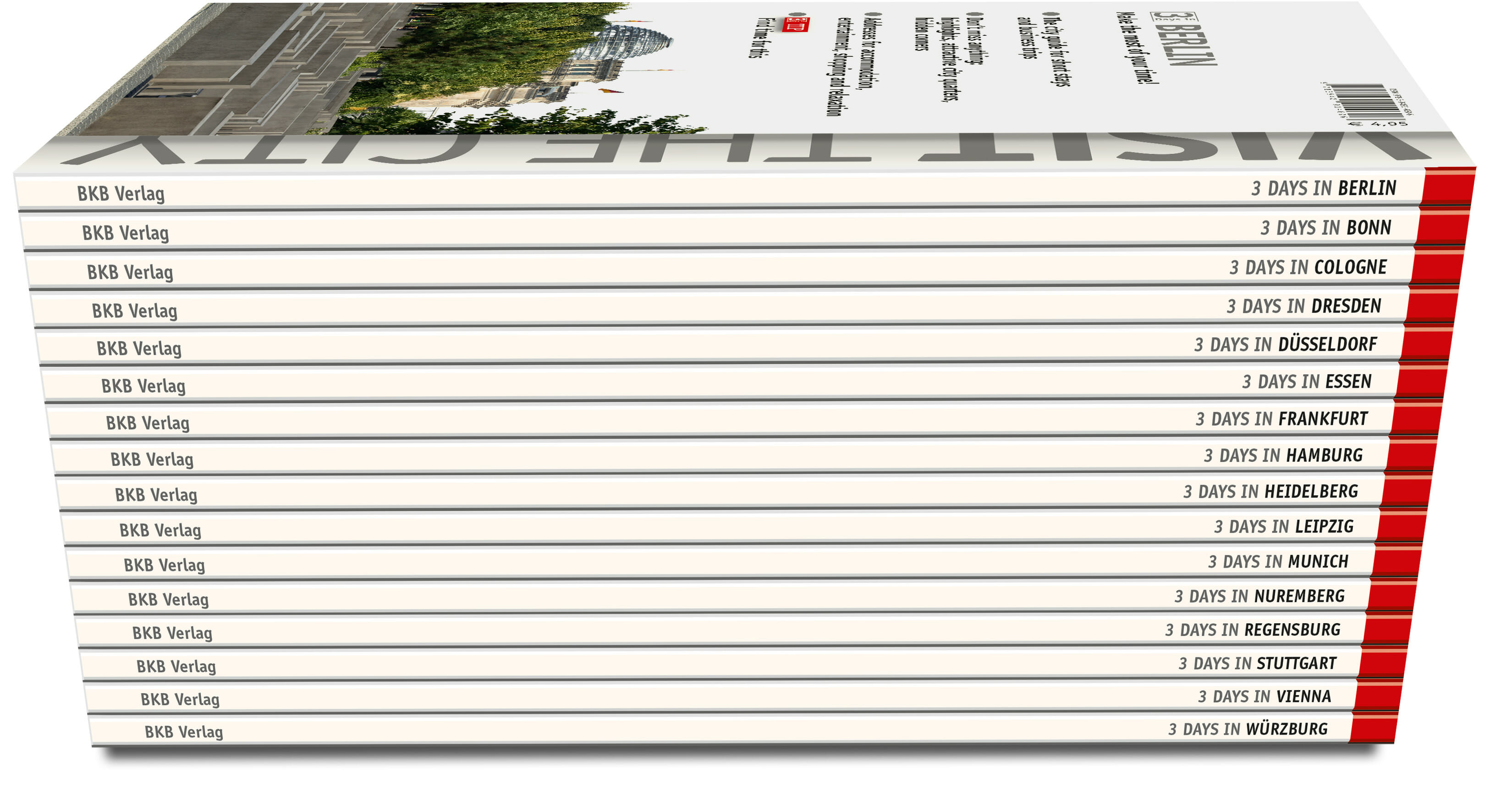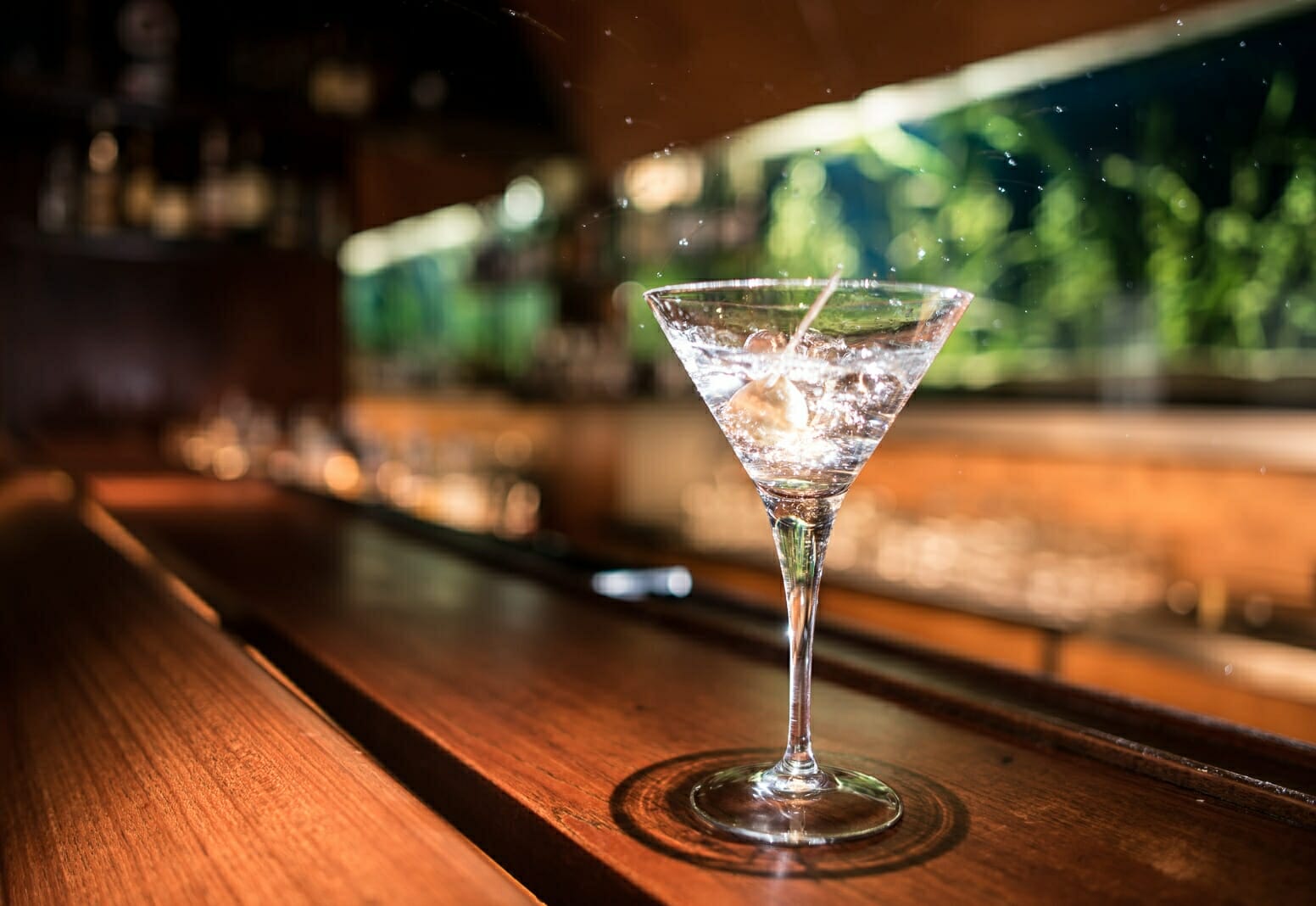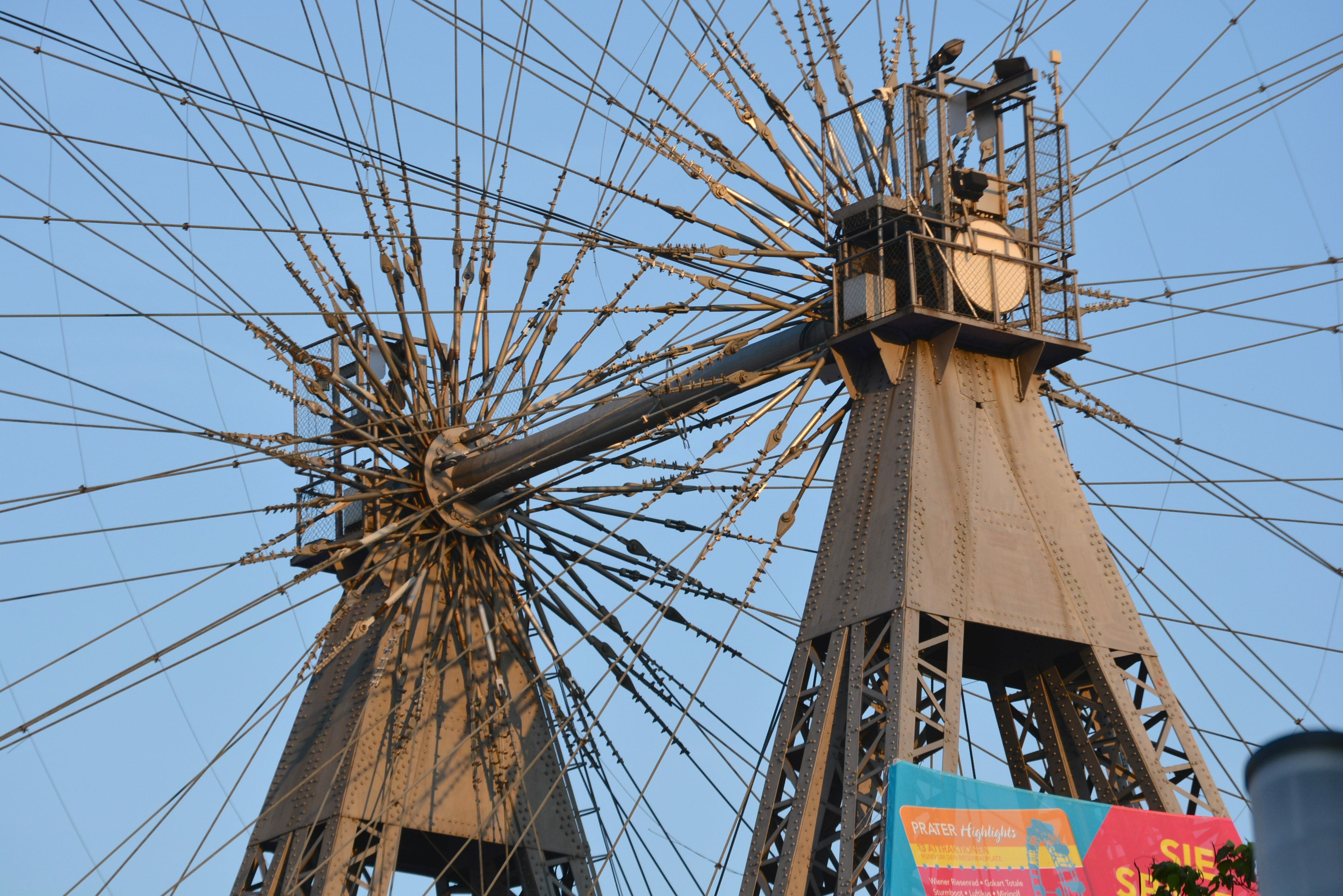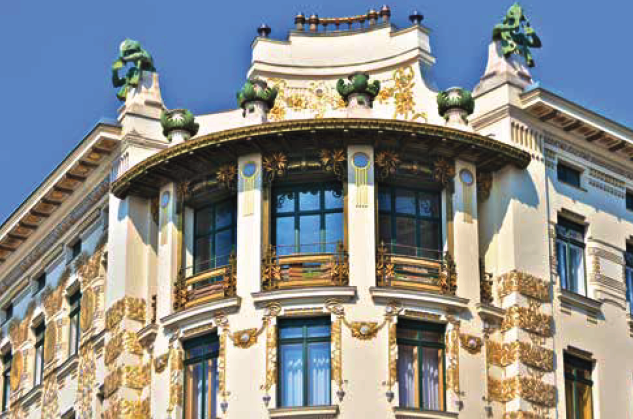VIENNA – THE COSY CAPITAL OF AUSTRIA

THE BKB TRAVELGUIDE “3 DAYS IN”
You will find detailed information in our travel guide “3 Days in Vienna“: A schedule for three days, a city map, special tips and the BKB address service. We will show you the highlights, walk with you into nice quarters, have breaks and tell nice stories … just as much as you need for three days!
Order the travel book “3 Days in Vienna” as paperback or e-book right here in the BKB Shop or in your bookstore!

The travel guide “3 Days in ” is available in german or english language in the BKB Shop or in your bookstore!
The texts and images on our website are to help you get your bearings and plan your trip to Frankfurt. All information have been carefully researched by the 3-Days-in editorial team and they are continually updated. Nevertheless, it is possible that individual details are incomplete or out of date. We are therefore grateful for every correction or addition to our information. Please send your hints to: info@3-tagein.de
TIPS FROM THE VISIT-THE-CITY EDITORS FOR YOUR 3-DAY TRIP TO VIENNA
Vienna, with its Baroque splendor architecture, the imposing Ringstrasse, elegant Art Nouveau buildings and unique art and cultural treasures is one of the most beautiful cities in the world. Be prepared to face almost endless outstanding experiences in everyday life. You want to relax? A melange in a typical coffee house, a pastry in a Beisl or a glass of wine in one of the famous “Heurigen” – make your choise!
VIENNA DAY 1
You start your walk in the historic city centre, which has been declared a World Heritage site thanks to its intact and coherent character. You will visit the emblem of the city, stroll through the alleys of the Old Town, make the acquaintance of traditional coffeehouses and admire the splendour of imperial times.
THE HEART OF THE CITY
From which ever viewpoint you look at the city, the cathedral (Stephansdom or “Steffl”, as the Viennese fondly call it), with its tall south tower and 230,000 colourful roof tiles in a zigzag pattern, catches the eye. It is both the centre point of the city and at the same time the emblem of Vienna and the whole of Austria. This Gothic masterpiece is metres long and metres wide, and at 137 metres its south tower is the third-highest church tower in Europe after those of Cologne Cathedral and Ulm Minster. Those who climb the 343 steps to the top are rewarded with a superb view across the roofs of Vienna.
http://www.stephansdom.at
Because the siege of Vienna by the Turks caused construction work to be suspended, the north tower got no higher than 68 metres. It was not given its roof in the Renaissance style until 1579. Below it is hung the Pummerin, the secondlargest church bell in Europe that can be rung by swinging. To see this 20-ton favourite bell of the Viennese, which was cast from Turkish cannonballs following the siege of 1683, take the lift to the top.


STROLLING THROUGH THE OLD TOWN
On a stroll through the streets and cobblestoned alleys around St Stephen’s Cathedral, you can still sense some of the atmosphere of old Vienna. In the picturesque house at Domgasse no. 5, the only surviving Viennese APARTMENT OF MOZART can be visited. A conspicuous feature on Hoher Markt is the ANKERUHR (Anchor Clock), designed by the Art Nouveau artist Franz Matsch as a bridge-like link between two buildings. When it strikes the hour, one of twelve over-life-sized figures from city history appears in turn, and at 12 o’clock they are all on parade together.
JEWISH LIFE IN VIENNA
The centre of Jewish life in the Middle Ages until the pogrom of 1421 was Judenplatz. Today the MUSEUM JUDENPLATZ and a MONUMENT by Rachel Whiteread commemorate this.
With its library of 7,000 books turned to the outside, the white cube is an impressive symbol for the murder of 65,000 Austrian Jews by the Nazi regime.


THE EMPEROR’S PALACE
The magnificent grounds of the Hofburg (Court Castle) shows what the headquarters of a global power look like. For over 600 years this was the residence of the Habsburg emperors. In the course of centuries it grew into a huge, irregular complex of buildings covering 240,000 square metres, 18 wings, 19 courtyards and 2,600 rooms. Here you can wander through imperial history, immerse yourself in the everyday life of monarchs, admire artistic treasures and get to know the beautiful Empress Elisabeth (Sisi).
SISI FOREVER
For all fans of Empress Elisabeth (Sisi), the museum in the imperial apartments is a must-see. Visitors here are treated to three museums at once: the Silberkammer with its dinner services, cutlery, table centrepieces and glassware shows how magnificently the Habsburgs dined.
After this comes the Sisi Museum, where the life and personality of the beautiful empress are presented with portraits, her personal possessions and her poems.
Finally the route passes through the imperial apartments where Emperor Franz Joseph and Elisabeth lived with their children and their whole court.


THE FAMOUS “ALBERTINA”
One of the highlights among Vienna’s museums is the Albertina at the southern tip of the Hofburg, up on the wall of the Augustinerbastei. From far away this Habsburg palace can be recognized by its widely protruding roof in the controversial Soravia Wing, which Hans Hollein added during a general overhaul of the building (19972003). There are several reasons for not missing this museum: first of all, the Albertina holds one of the world’s largest and most valuable graphic collections, founded by Duke Albert von Sachsen-Teschen (17381822), the son-in-law of Maria Theresia. From Dürer’s Hare and Hands Folded in Prayer and Raphael’s Study for the Borgobrand to Rubens’ studies of children and Klimt’s studies of women, 50,000 drawings and watercolours and some 900,000 printed works from the late Gothic period to the present, its treasures are presented in changing exhibitions.
RINGSTRASSE – ON THE MAGNIFICENT BOULEVARD
This walk takes you along one of the world’s most splendid boulevards, which was inaugurated personally by Emperor Franz Joseph over 150 years ago on 1 May 1865. Public buildings of imperial Vienna and the fine townhouses of rich citizens of the Belle Epoque, along with large parks and thousands of trees, combine to form a unique all-round work of art in a variety of historic styles.
When Emperor Franz Joseph decided to extend the city in 1857 and tore down its fortifications, one of the biggest urban development projects of the 19th century got under way. Several decades were to pass before construction work on the showcase boulevard, 57 metres wide and over four kilometres long, was completed. Since then, the Ringstrasse has been home to famous cultural institutions such as the opera house, Burgtheater and museums with unique artistic treasures, as well as the fine residences of rich citizens.
Get more information in our travel guide „3 Days in Vienna“.


VIENNA STAATSOPER – THE OPERA HOUSE
Constructed between 1861 and 1869, the opera house was the first building on the Ringstrasse. Initially, on account of its metal barrel roof, the Viennese called it the “chest”, and even, because of the raised level of the Ringstrasse during building work, the “sunken chest”.
But after the opening, with Mozart’s Don Giovanni in the presence of Emperor Franz Joseph and Empress Elisabeth, the critics fell silent, and the Staatsoper became one of the world’s leading opera houses.
THE “HELDENPLATZ”
The outer palace gate leads to Heroes’ Square, which gained tragic fame on 15 March 1938, when Hitler, speaking from the balcony of the Neue Burg, announced to the masses the incorporation of Austria into the German Reich. Adjoining the Leopoldinischer Trakt and Neue Hofburg, it takes its name from equestrian statues of Archduke Karl and the Prince of Savoy.
Don’t miss a visit to the superb Baroque interior of the Österreichische Nationalbibliothek, to see one of the world’s finest library reading rooms.


THE FAMOUS “BURGTHEATER”
When this neo-Baroque building was opened on 14 October 1888, it was the first monumental structure with electric lighting. To gain insights into the architecture and art of this theatre, take a tour to see the stairway halls with famous ceiling paintings by Franz Matsch and the Klimt brothers, passing busts and portraits of celebrated actors, and to get the feeling of being transported back to imperial times in the red-and-gold auditorium.
VIENNA AT NIGHT
Vienna is a lively place in the evenings, too. There are many ways of having a night out, whether in the opera house or theatre, at a musical or pop concert, in a Heuriger or a club, in the Old Town or on the Danube Island! Vienna lives up to its reputation as a city of culture – not only during the daytime. The Staatsoper is one of the world’s leading opera houses, artists of the very highest calibre perform in the Musikverein and Konzerthaus, and under the direction of Karin Bergmann, the Burgtheater is one of the leading venues for drama in the German-speaking world. Beyond that there is a great number of cultural events every evening, ranging from light comedies to cabaret, from operetta to heavy metal concerts, from musicals to experimental theatre.
Listings of the daily offerings can be found at www.falter.at.


TO SPEND AN EVENING OUT
The Old Town, consisting of the narrow alleys around St Stephen’s Cathedral, is one of the most popular districts for an evening out. Here you can move on from one Beisl to the next. Night owls are drawn to the entertainment quarter around Rabensteig, Seitenstettengasse and Ruprechtsplatz, the “Bermuda triangle” where one bar or pub is lined up next to the other. In contrast to the region of the Atlantic where ships and planes disappear without trace, in this area you are bound to surface again, whether you were drinking beer in Krah Krah, listening to live music in the Roter Engel, partying through the night in the Kaktus Bar, sipping drinks on the First Floor, one of the city’s most pleasing cocktail bars, or ended up in Jazzland, Vienna’s oldest jazz cellar.
Find more information in our travel guide „3 Days in Vienna“.
THE “PRATER”– WHERE EVERYONE MEETS
The entertainment quarter par excellence is the Prater with its Ferris wheel, one of the emblems of the city. There are many attractions on this fairground, from the Praterturm, a chair-swing 117 metres high, the Black Mamba and indoor skydiving to Madame Tussaud and the Hotel Psycho ghost train.
Lovers of nightlife will like the Praterdome, Austria’s biggest discotheque, close to the giant Ferris wheel.

VIENNA DAY 2
Start the day with a breakfast on Vienna’s most beautiful market, where you can taste specialties from all over the world and exchange the latest stories with a mélange. You are surrounded by one of Vienna’s most beautiful streets, the Wienzeile. The magnificent residential buildings and the Kettenbrückengasse underground station are eloquent testimony to the lasting influence that Viennese Art Nouveau has had on the major cities of Western Europe. And later it goes to shopping.

THE “NASCHMARKT”
One of the best things you can do in Vienna is to have an early breakfast on a sunny day at the Naschmarkt (Eating Market). This colourful, lively market, where visitors can immerse themselves in a paradise of multicultural specialities, extends from the edge of Karlsplatz to the Kettenbrückengasse subway station. Traders from all over the world offer exotic and Austrian delicacies in huge quantities. Fruit and vegetables, meat, cheese, baked goods, spices and other produce – the stalls are heaped high, and shoppers are invited to sample the wares.
“WIENZEILE” – ART NOUVEAU ARCITECTURE
On both sides of the Naschmarkt, on the street called Wienzeile, there is wonderful architecture to admire. The Art Nouveau works of Otto Wagner on Linke Wienzeile (the left side) are especially eye-catching, for example the famous MAJOLIKAHAUS no. 40. Here the facade is clad with tin-glazed ceramic tiles (majolica), decorated with floral motifs. As these tiles are weatherproof, easy to maintain and keep clean, they met Wagner’s standards of hygiene and thus of modernity. Next door, at the corner of Köstlergasse, the HAUS AT NO. 38, adorned with golden medallions and other ornamentation by Koloman Moser, has a roof crowned with a sculpture of the “callers”.


THE VIENNA SECESSION
A large golden sphere of laurel, consisting of 3,000 gilded leaves and 700 berries, marks the city’s most important Art Nouveau building. In 1898, commissioned by the members of the Secession, Joseph Maria Olbrich designed this exhibition building as a deliberate counterpoint to the eclectic historical styles of the Ringstrasse. However, this new vocabulary of form, with austere geometry and cube-like shapes, was not well received by contemporaries. It was called a “temple for tree frogs”, its dome insultingly described as a “golden heap of cabbage” despite its leitmotif above the entrance: “To the age, its art. To art, its freedom.” One of its finest features is the famous Beethoven Frieze on the lower floor, a work by Gustav Klimt for the artists’ exhibition in 1902 that was conceived as an act of homage to the composer Ludwig van Beethoven. 34 metres long and two metres high, the frieze is a visual interpretation of Beethoven’s Ninth Symphony, telling of the suffering of humankind and the victory of the arts and of love.
STROLLING AND SHOPPING
Shopping in Vienna truly is fun! Whether you make your way to the elegant shopping district around Graben and Kohlmarkt, or hip retail destinations such as Kärntner Strasse and Mariahilferstrasse, whether you prefer a designer store, a chic boutique or an old-established shop where the emperor himself placed orders, in the city centre of Vienna and the districts surrounding it you can shop to your heart’s content.


SHOPPING – WHERE TO GO
Austria’s leading shopping street is MARIAHILFERSTRASSE between the MuseumsQuartier and Westbahnhof with its mixture of small shops, big department stores and the branches of well-known fashion chains. The second major shopping street is high-class Kärntner Strasse, which leads from the opera house to St Stephen’s Cathedral. It is dominated by the flagship stores of international fashion labels interspersed with branches of lower-price fashion chains. In this street too, thanks to its vicinity to the imperial residence, suppliers to the court are found – for example Glashaus J. & L. Lobmeyr and the court confectioner Gerstner, as well as Hotel Sacher.
Together with Graben and Kohlmarkt, Kärntner Strasse forms the so-called “golden U” in the city centre. These pedestrian zones are the most elegant streets for strolling through the city. The fine townhouses on GRABEN are occupied by exclusive boutiques and numerous companies that were once official “k. u. k.” (royal and imperial) court suppliers, for example the Augarten porcelain manufactory and the court perfumer Nägele & Strubell.
Find more information in our travel guide “3 Days in Vienna”.
VIENNA DAY 3
In the morning you visit Schönbrunn Palace, the imperial summer residence. After visiting the sumptuous apartments, you stroll through the wonderful park and the Tiergarten. And for lunch you can enjoy the menu at the “Kaiserpavillon”. Back in the city, in the afternoon, the Kunsthistorisches Museum and the Naturhistorisches Museum are on the program.

SCHÖNBRUNN PALACE
From the cour d’honneur you have a view of the magnificent Baroque palace in its characteristic colour, known as Schönbrunn yellow. 40 of its 1441 rooms can be visited on the grand tour, which leads to the apartments of Franz Joseph and Sisi in the west wing, the festive and state rooms in the central wing, and the opulent living quarters of Maria Theresia in the east wing, whose superb whit and-gold decoration with crystal mirrors makes them a typical example of showcase Rococo interiors. Each room can tell its own stories of private and historical events, and demonstrates the spirit of different periods.
THE PARK OF THE PALACE
No less impressive is a walk through the 185-hectare park. Its Baroque landscaping from the era of Maria Theresia is largely intact. As a seamless continuation outdoors of interiors that were designed for representation, the Great Parterre with its strictly symmetrical flower beds is the central point of the park. At one end is the Neptune Fountain. In the main axis, on the hill called Schönbrunner Berg, the Baroque ensemble is crowned by the Gloriette, a three-part triumphal gate richly adorned with sculptures. From its roof there is a wonderful view of Vienna. Stroll through the parterre gardens, explore the arbours and fountains and the historic maze, visit the Orangerie with its historic heating system and the monumental Palm House a late 19th-century 18 structure of iron and glass where three pavilions of different heights reproduce three climatic zones.


MUSEUM OF ART HISTORIE
As soon as you enter this museum and ascend the impressive stairs past Canova’s masterly sculptural group of Theseus to reach the domed hall, and admire the paintings of Hans Makart in the lunettes and those of Ernst and Gustav Klimt in the spandrels, you realise that this building is filled with artistic treasures.
With exhibits from seven millennia, major works by Rubens, Rembrandt, Raphael, Vermeer, Velázquez, Titian and Dürer, and the world’s largest Brueghel collection, the Kunsthistorisches Museum is one of the world’s foremost art museums. Here you can see Egyptian sphinxes as well as the famous Gemma Augustea from antiquity, Raphael´s Madonna of the Meadow and Brueghel’s Tower of Babel.
NATURHISTORISCHES MUSEUM
“To the realm of nature and its exploration” is the dedication in golden letters beneath the dome of the Natural History Museum, which is both a museum and a place of research to this day. The historic architecture and its magnificent furnishings are the framework for one of the world’s greatest natural history collections, founded by Emperor Franz Stephan of Lorraine, the husband of Maria Theresia. It has grown to hold more than 25 million objects and is one of the world’s leading museums of the natural world.
For all those interested in minerals and precious stones, in dinosaurs, finds from earliest times and rare animal specimens, this “cathedral of natural science” is a must-see.


TO GO TO VIENNA BY PLANE OR TRAIN
You can fly to Vienna with many airlines. From the Vienna International Airport in Schwechat it is a 20 minutes ride to the city by bus or taxi. With the City Airport Train you are easily connected with center of the city.
You can find flight connections to Berlin here
By train you can easily travel to Vienna from many countries in Europe. Due to the central location of the main station, the visitor is immediately in the middle of the city.
Click here to search for the right connection:
A clever way to travel not only for young people ist the long-distance coach (Fernreisebus):

Copyright: All pictures BKB Verlag GmbH exept Vienna, Skyline with Cathedral: fotolia.com:mRGB, Foto-ID: #90442602; Vienna Station: fotolia.com: Karl Allen Lugmayer, Foto-ID #163268550; airplane: fotolia.com : gabrielpetrescu, Foto-ID #111405632;



